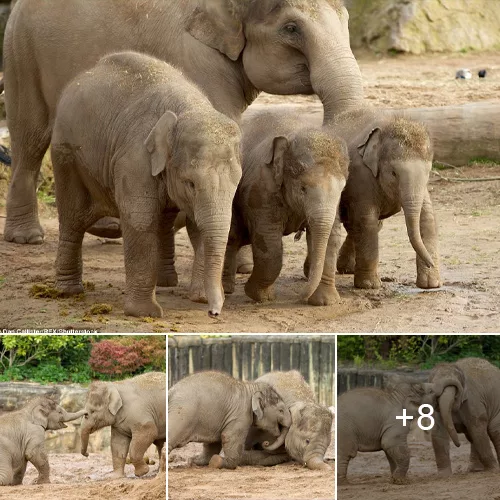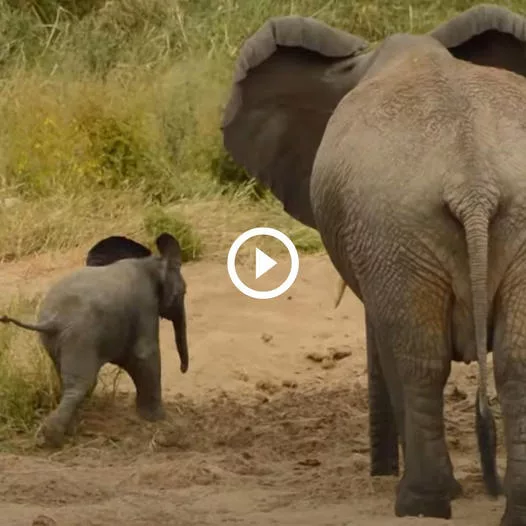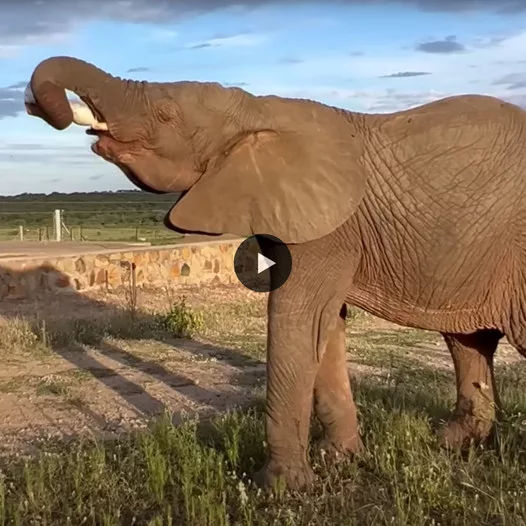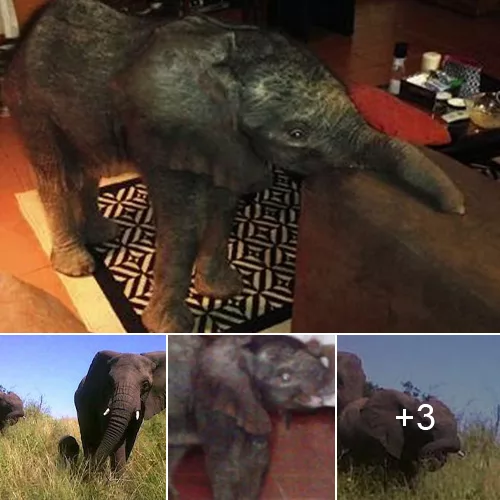Elephants and Antelopes Coexisting in South African Wildlife Reserve
In South Africa’s wildlife reserve, elephants and antelopes have learned to coexist peacefully, despite the perceived nature of their relationship as predator and prey.

The reserve, which covers over 30,000 hectares of land, is home to a diverse range of wildlife, including African elephants and various species of antelope, such as impalas, kudus, and nyala. The reserve has implemented measures to ensure the safety and well-being of all animals in the ecosystem.
One of the key strategies is the creation of watering holes in strategic locations throughout the reserve. Elephants use these watering holes to drink and cool off, while antelopes graze nearby. This arrangement allows both species to share the same space without competing for resources.

Another important strategy is the controlled burning program implemented by the reserve. This program is designed to mitigate the overgrowth of vegetation, which can lead to a decrease in antelope populations. It also helps elephants by providing them with a clear path to travel through the reserve. By managing the vegetation in this way, the reserve is able to maintain a healthy balance between the different species living within its boundaries.
Studies have shown that elephants are aware of their surroundings and are capable of recognizing andaoiding antelopes. Similarly, antelopes are able to distinguish between a predator and a harmless elephant and will react accordingly. This mutual understanding is essential for the peaceful coexistence of these two species.
The coexistence of elephants and antelopes in the South African wildlife reserve is a testament to the effectiveness of proper management and conservation efforts. It shows that with the right strategies in place, even animals that are traditionally seen as enemies can thrive together in the same ecosystem. The reserve serves as an example of how humans can work with nature to ensure the survival of all species in the wild.
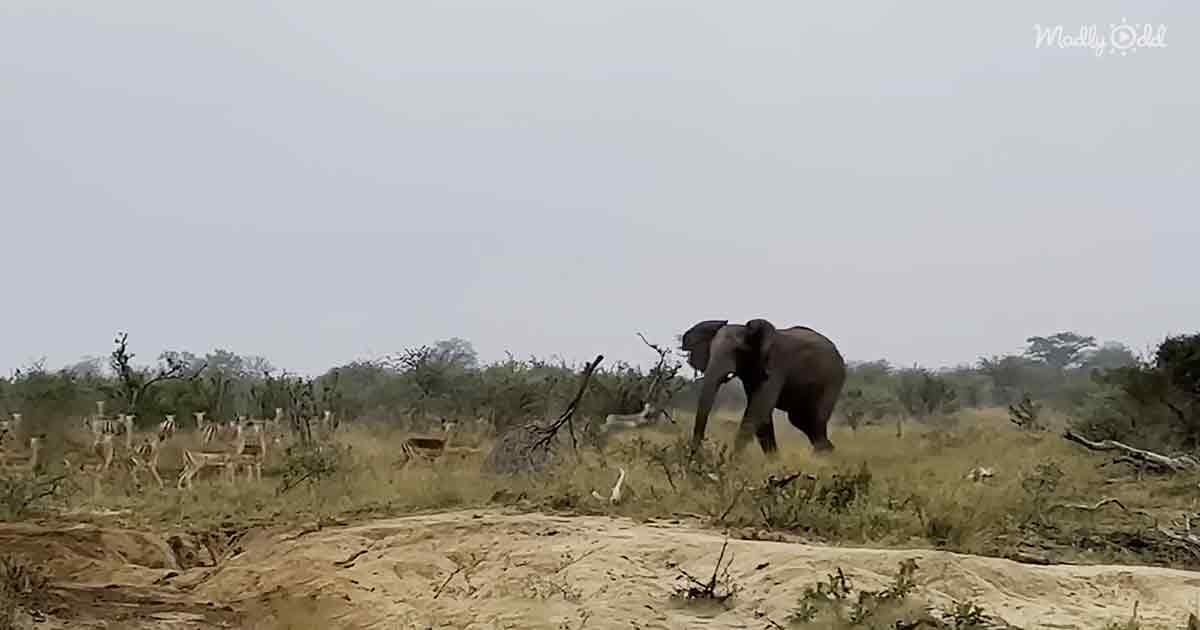
Moreover, the coexistence of these two species is essential for maintaining the balance of the ecosystem. Elephants are known to play an important role in shaping the environment by creating paths, clearing away dead trees, and spreading seeds. Antelopes, on the other hand, help maintain the grasslands by grazing, which prevents the growth of woody vegetation. Without one or the other, the ecosystem would be imbalanced, which could have negative consequences for both species and the environment as a whole.
In addition, the South African wildlife reserve is not the only place where elephants and antelopes have been observed coexisting peacefully. Similar instances have been documented in other parts of Africa, such as Botswana’s Okavango Delta, where elephants and antelopes have been seen drinking from the same watering holes and sharing grazing areas.
However, it’s important to note that not all ecosystems are capable of supporting such coexistence. Factors such as habitat destruction, poaching, and climate change can disrupt the balance of an ecosystem and make it difficult for different species to coexist. Therefore, it’s important for humans to take action to protect the environment and ensure the survival of all species.
In conclusion, the coexistence of elephants and antelopes in the South African wildlife reserve is a remarkable example of how different species can thrive together in the same ecosystem, with the right management and conservation strategies in place. It shows that even animals that are traditionally seen as enemies can live in harmony when given the opportunity. By protecting the environment and promoting coexistence, we can ensure the survival of all species and maintain a healthy planet for future generations.
